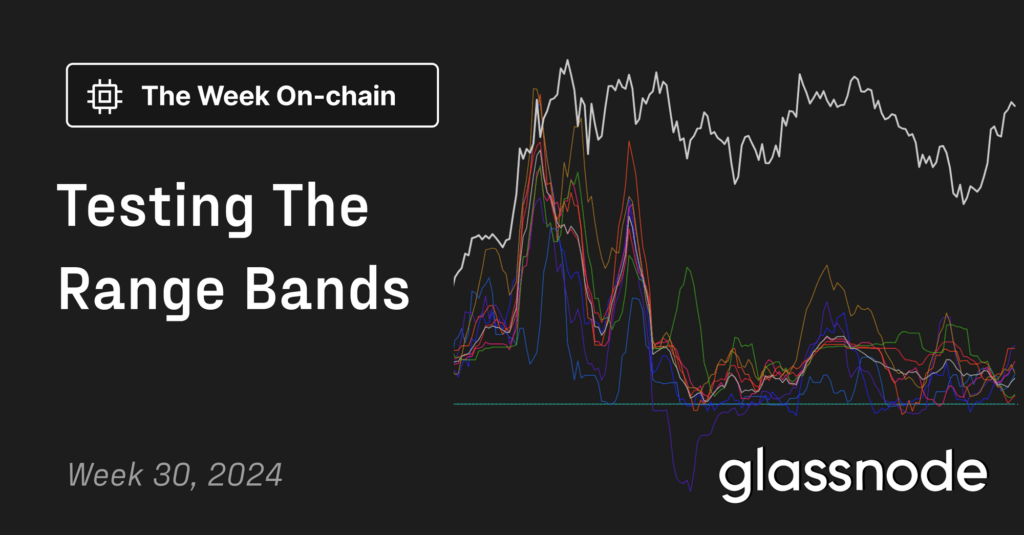Research Summary
The report discusses the Markets in Crypto-Assets (MiCA) regulation, an EU-wide regulatory framework for digital assets. MiCA aims to provide legal certainty for digital assets not covered by existing EU legislation, establish uniform rules for Crypto Asset Service Providers (CASPs) and digital asset issuers, replace existing national frameworks, and create specific rules for stablecoins. The report also outlines the history and planned timeline of MiCA, its applicability, and the potential economic opportunities it could unlock.
Key Takeaways
MiCA’s Objectives and Scope
- Legal Certainty: MiCA aims to provide legal certainty for digital assets not covered by existing EU legislation, thereby addressing the lack of comprehensive regulation for digital assets.
- Uniform Rules: The regulation seeks to establish uniform rules for CASPs and digital asset issuers in the EU, replacing existing national frameworks for digital assets.
- Specific Rules for Stablecoins: MiCA creates specific rules for stablecoins, including e-money tokens (EMTs) and asset-referenced tokens (ARTs), but excludes non-backed or algorithmic stablecoins.
- Applicability: MiCA applies to entities interacting with digital assets and performing specific functions, including trading, movement, or custody of digital assets.
History and Planned Timeline of MiCA
- Proposal and Adoption: MiCA was first proposed in 2020 as part of a broader digital finance package and was formally adopted by the European Council in May 2023.
- Implementation: Provisions relating to ARTs and EMTs will go into effect on June 30, 2024, while all other provisions will apply 18 months after entry into force, i.e., on December 30, 2024.
- Transitional Arrangements: Transitional arrangements apply for existing CASPs and issuers of ARTs operating in the EU prior to MiCA’s entry into force.
Unlocking Economic Opportunities
- Enablement of Institutions: MiCA, coupled with the EU Travel Rule, is expected to help satisfy institutional compliance frameworks, enabling various business models tailored to retail and institutional investors.
- Driving Product Innovation: A MiCA license will enable institutions to explore other revenue models, ranging from sub-custody and staking to stablecoin issuance and peer-to-peer payments.
- Outlook for Digital Asset Growth: The EU, home to over 445 million citizens, is expected to see increased use of digital assets, driven by further institutional adoption.
- The Next Industrial Revolution: Traditional financial services providers can use blockchain technology as settlement rails, solving various middle-to-back-office inefficiencies, reducing transaction fees, and preventing fraudulent activity.
Regulatory Advancements in Other Jurisdictions
- United Kingdom: The U.K. government unveiled its approach to digital assets regulation in October 2022, introducing changes to regulate the use of stablecoins as a means of payment and to clarify that they can regulate digital assets and related activities.
- Switzerland: In 2020, FINMA adapted the existing legal framework to incorporate digital assets, categorizing tokens as payment, utility, or asset tokens and regulating them accordingly.
- United Arab Emirates: In 2022, the Emirate of Dubai established the Virtual Assets Regulatory Authority (VARA) to regulate all activities related to the virtual assets sector.
Actionable Insights
- Understanding MiCA’s Implications: Institutions should familiarize themselves with MiCA’s objectives and scope to understand its implications for their operations and compliance requirements.
- Exploring New Business Models: With the legal certainty provided by MiCA, institutions can explore new business models and revenue streams, such as sub-custody, staking, stablecoin issuance, and peer-to-peer payments.
- Monitoring Regulatory Developments: Institutions should monitor regulatory developments in other jurisdictions to understand the global landscape of digital asset regulation and identify potential opportunities.












